Flamboyant Cuttlefish Breeding Project (Metasepia pfefferi)
- Daniel Pon
- Jul 23, 2018
- 4 min read
Having had and unhealthy obsession for Cephalopods for years even prior to starting Ocean Treasures Servicing, I have had significant experience with keeping Octopi and Cuttlefish. Once someone is exposed to the complex behaviors and beauty these animals exhibit, its difficult to not be smitten. My experience started out with Octopi of various species including the deadly Blue Ring, Wunderpus, and the common types. I then moved on to unknown territory with cuttlefish as a local store somehow imported a juvenile Sepia officianlis, a common european species. This ended up not being the most appropriate species for a salt water aquarium as they are cold water and grow to over a foot long! My time with this cuttlefish was short at about 5 months, but it was enough to lead me to pursue more. My search brought me to discover a smaller species of tropical temperatures called Sepia bandensis or the dwarf cuttlefish. My experiences with raising and successfully breeding this species was documented by an article I wrote for Reefkeeping magazine in 2008 called 'So You Want Your Own Cuttlefarm Army'.
Sepia Bandensis

After my experience with Bandensis, my eyes turned towards an even more elusive species. The flamboyant cuttlefish (Metasepia pfefferi) However, due to the rarity of this animal, I made a pledge to not purchase one of these unless I was able to get a viable group of at least 4. I saw 1 or 2 pop up on wholesalers lists through the years, but no groups of 4 or more. It was not until April of 2018 that I got a call from a wholesaler stating that they are receiving a group from Malaysia and wanted me to get first rights to them. I quickly scrambled to put together a holding system and ordered 6.
Flamboyant Cuttlefish - Metasepia pfefferi

The Flamboyants came in well, accepted food and made amazing color displays right off the bat. Although very similar to Sepia bandensis in regards to behavior, there were some noticeable differences. Flamboyants primarily stayed lower in the tank as their cuttlebone is smaller than other species making them less buoyant. This is something you may want to consider if you are designing a display tank for them. Much of the vertical space will be void of activity in standard sized aquariums. Strangely, when they are stressed, they will float near the surface. Like all cephalopods, they will ink when startled. Flamboyants seem to ink in larger amounts than Sepia bandensis.
Feeding Tentacles Out!

Feeding consisted of freshwater ghost shrimp until we were able to acquire marine mysis shrimp. They preferred feeding 2-3 times a day and a little less inclined to learn to eat non-living shrimp compared to bandensis.
Mating behavior appeared 2.5 weeks later. The process seemed quicker than Bandensis in which the female seemed to have to get warmed up to the idea of receiving the male, while with Bandesis, there appeared to be no resistance.

I placed half coconut shells in the tank to offer refuge and a place to lay eggs. To my delight, I walked in one day to see unusual activity in one of the coconuts and observed the process of laying and attaching eggs into the underside of the coconut. The parents of these eggs stayed nearby consistently after this, tending to the eggs.

After a couple weeks, I transferred the eggs to a DIY egg tumbler made out of a plastic water bottle that was drilled, bottom end removed, and cap drilled to receive an airline with stone. The tumbler is magneted to the tank upside down with the cut open bottom breaking the surface of the water. A simple valve was added to the airline to control the air flow. The eggs were set to tumble up and down in the chamber.
In 3 weeks, you can start seeing some of the eggs develop a clear silhouette of a baby cuttlefish. This occurred with about half of the eggs. I assumed the others were not viable, but I left them in there just in case.
At 1 month, I would walk into the shop to find a hatched baby in the tumbler. It is vital to remove them asap as they look as if they were struggling with the current. The newborns were placed in a plastic fish breeder.

The babies are as small as a pencil erasure about 1/4"s. They are very specific with food and require baby marine mysis shrimp. They will not go for larger or overly active live food sources. In my opinion, with all of the challenging steps of this venture, this is the most difficult. The baby cuttles are very picky and timid compared to Bandensis babies that are bold enough to go for a shrimp twice its size. It is very important to ensure that you have this live food on hand and ready at this stage.
We had a good amount of challenges with this project. It is not for the faint of heart. The cost is great, not just for the cuttlefish themselves, but for all the live foods shipped overnight. You do not only need a proper breeding system for them but also proper holding systems for the live foods! Hand feeding and constant monitoring of the animals and is required and can be labor intensive. Having the right food on hand at the proper times is vital as we learned quickly about the fickleness of the babies not eating anything but baby sized mysis shrimp. For anyone interested in this venture, my advise would be to develop your own mysis shrimp breeding system to support your cuttles.





























Comentarios